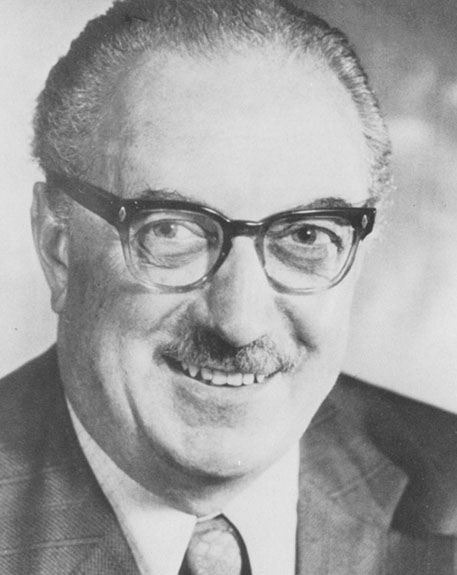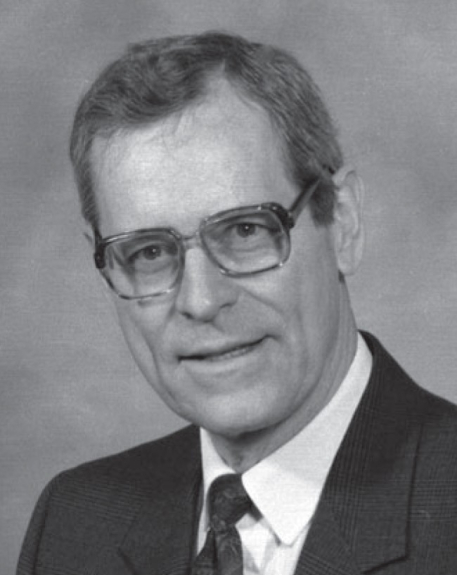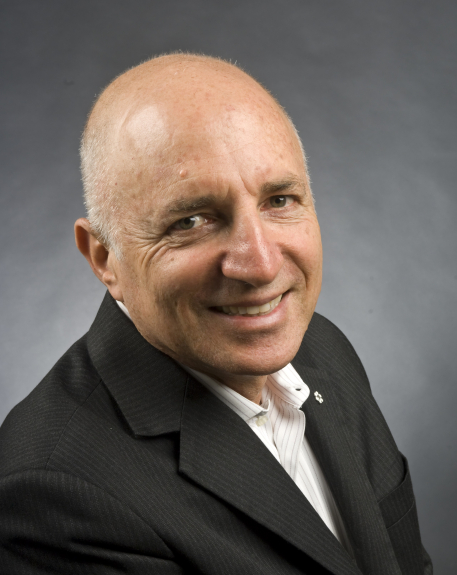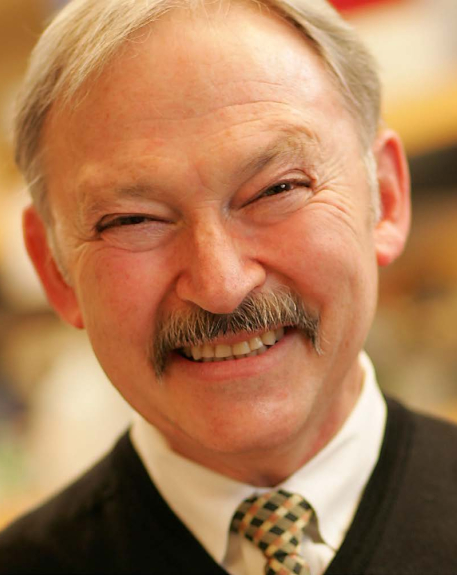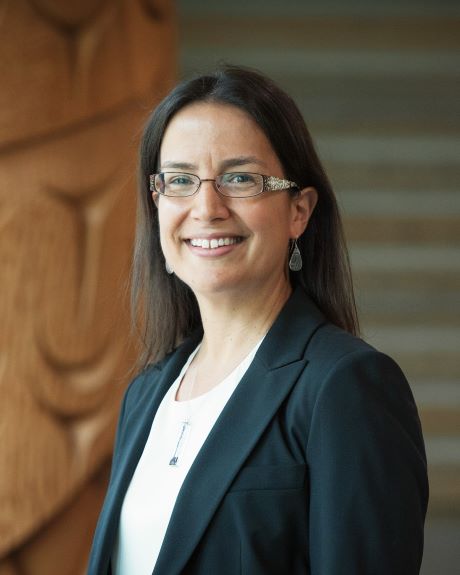Cells, Genetics & Genomics
Explore themes from Science and Research

Cells, Genetics & Genomics
Cells are the smallest units of life and are often called the "building blocks of life". The study of cells…

Blood
The Vital Flow: Blood is a liquid medium that delivers nutrients and oxygen to our cells and…

Brain & Mind
The brain is the central processing unit of the body and plays a key role in translating the content of the…

Heart & Vessels
The heart is the hardest working muscle in the human body and pumps more than 8500 litres of blood every day. The…

Lungs
The lungs are the centre of the respiratory (breathing) system. All our cells need oxygen, and our bodies need to…

Skin, Bones, Muscles & Joints
Musculoskeletal and skin systems represent the framework of our bodies and fundamental to good health. Bones,…

Hormones
Hormones are produced by glands or special cells and are sent into the bloodstream to various tissues in our bodies…

Cancer
Cancer is a group of diseases that involves abnormal growth of cells in potentially every…

Diabetes
Diabetes is a disease marked by persistently high levels of blood sugar caused by inadequate or ineffective insulin, a…

Infectious Disease, Allergy & Immunity
The immune system fights infection (microbes) through special organs, cells and chemicals. The immunology…

Digestion
Our digestive system breaks our food into parts small enough for our body to absorb and…

Genitourinary Tract
This includes the diagnosis of disorders and diseases of the entire urinary tract and the male genital tract.

Female Reproduction
Female reproduction includes the internal and external organs that function in reproduction of new offspring.
About the CMHF
The Canadian Medical Hall of Fame (CMHF) celebrates Canadian heroes whose work advances health in Canada and the world, fostering future generations of health professionals through the delivery of local and national youth education programs and awards.
This enduring tribute to our country’s rich medical history is showcased here and in our physical exhibit hall in London, ON








